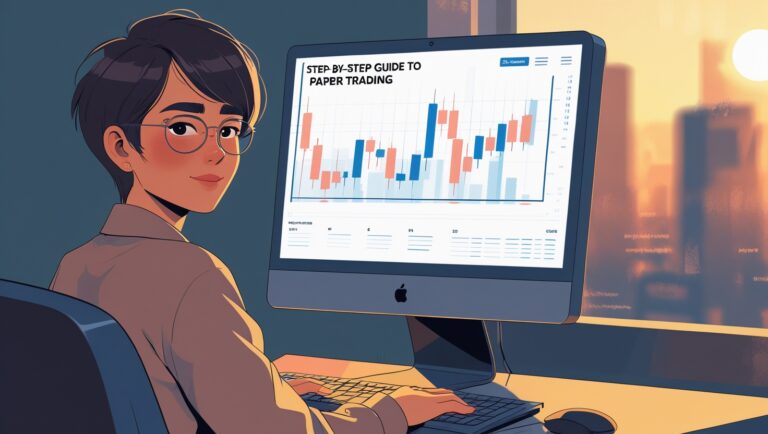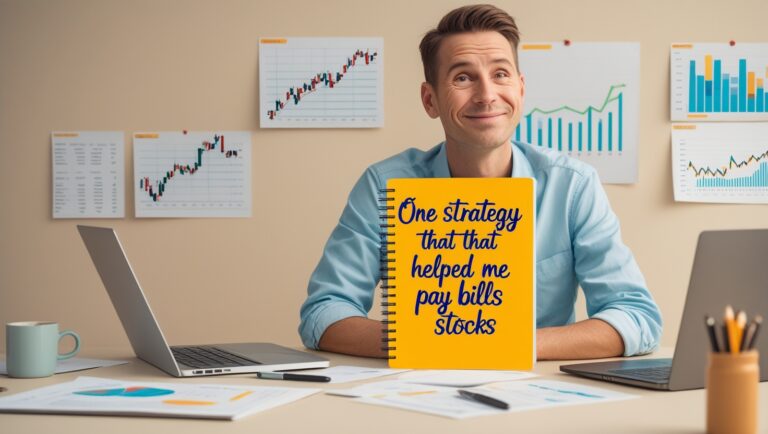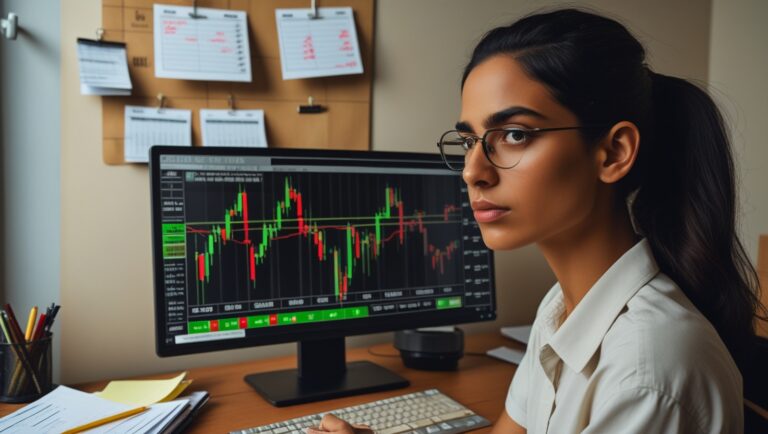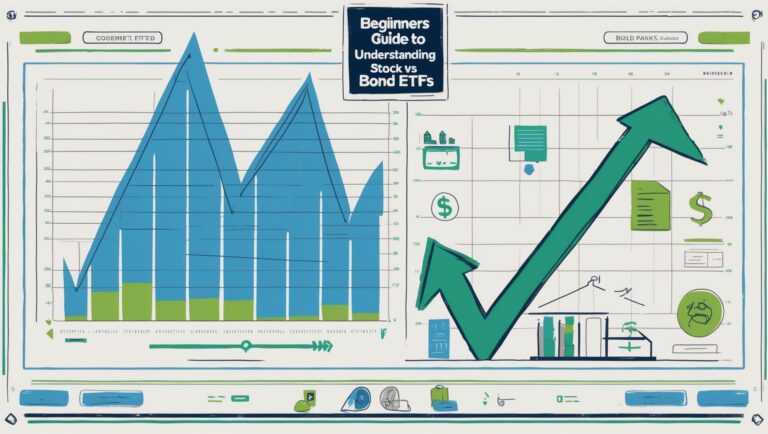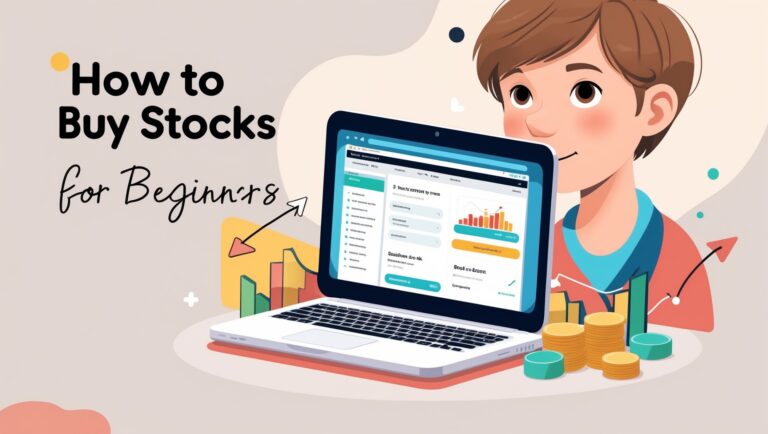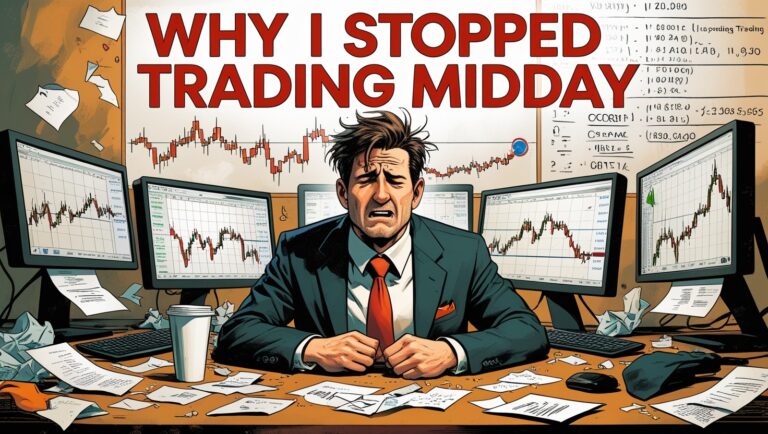The Fastest Way to Get Better at Trading Without Losing More Money
The Fastest Way to Get Better at Trading Without Losing More Money
One of the biggest lies in trading is that you have to lose more money to learn. I used to believe that until I realized I was just repeating the same bad habits without actually improving. The truth is, you can grow as a trader without constantly blowing your account — but it takes intention.

Table of Contents
I Stopped Trading Blind
At first, I was trading just to be in the market. No plan, no structure — just reacting. That’s when the losses piled up. The turning point for me was when I created a simple system that helped me focus on quality trades over quantity.
Instead of trying to trade everything that moved, I started tracking my best setups, cutting out the noise, and following a process. That’s when I saw my losses shrink — and my wins finally started to make sense.
Why Most People Stay Stuck
Most beginner traders think the answer is buying more courses or following more alerts. But I tried all of that and it only created more confusion. The real growth came when I started learning from my own trades and simplified my routine.
It’s easy to copy someone else’s strategy, but the market will test your discipline. The fastest way to get better is to understand what you trade well, and do it consistently — not to keep switching styles every week.
Journaling Was a Game-Changer
One of the most powerful tools I ever used was a trading journal. I stopped just logging wins and losses and started writing about why I took the trade. How I felt. What I saw. What I should’ve waited for. That alone helped me cut out bad habits fast — without losing more money learning the hard way.
My Small Account Forced Me to Be Better
Trading with a small account might feel like a limitation, but for me, it became a gift. It forced me to be selective. It made me respect risk. It made me value clean setups. Most of all, it taught me to wait for confirmation before jumping in.
The Power of a Daily Checklist
Another habit that helped me grow quickly was creating a daily pre-trade checklist. Each morning, before 9:30AM, I review key levels, news that actually matters, and make sure I know what I’m watching — and why.
That’s exactly what I teach in my ebook, where I break down how I trade, how I spot stocks before they move, and how I pay my bills monthly using a simple, clean system. It’s not about hype. It’s about process.
I also realized that watching fewer stocks made me a better trader. I used to track 20+ tickers a day — now I stick to 6 or less. This lets me understand their movement and trade with confidence.
Risk management isn’t just a rule — it’s protection. I risk less than 2% per trade, no matter how good the setup looks. This keeps me in the game, even when I’m wrong.
Waiting for volume confirmation changed everything. I don’t jump into the first green candle anymore. I wait for signs that others see what I see — and that gives my trades better odds.
I’ve learned that trading less often means I win more. Some weeks I take only 2 trades — and that’s okay. The goal isn’t action. The goal is consistent results.
One big improvement was defining what a “clean setup” means to me. If I can’t explain it in one sentence, I don’t trade it. Simplicity keeps me sharp.
I also stopped comparing myself to other traders. Some people trade all day, others use fancy tools. But I do what works for me — and that peace of mind helped me grow faster.
My entry checklist is my edge. I don’t enter unless the setup checks every box: volume, key level break, risk defined, and market conditions aligned.
Premarket analysis is part of my daily habit. By the time the bell rings, I’m not scrambling — I’m ready. That gives me clarity and control.
I avoid midday trading completely. It’s when I made most of my emotional trades. Now, I trade only in the first 90 minutes. That’s where my edge is.
Having a trading routine outside of the market helped too. Reading charts on the weekend, reviewing the journal midweek — these little habits compound over time.
I also stopped thinking I needed more screen time to get better. What I needed was more focus, not more hours.
Finally, I treat this like a job, not a game. That shift in mindset helped me build discipline and confidence. And the results speak for themselves.
Want to skip the trial and error?
📘 Grab my ebook where I walk you through how I trade, how I filter stocks, and the setups that help me pay rent, bills, and groceries — every month — with zero indicators.
Another thing that helped me improve fast? Only trading when the market aligns with my setup. I stopped trying to force trades on slow days or during chop. Instead, I learned to sit on my hands — and that patience made all the difference. Not trading is part of trading.
I also started recording my trades with screenshots, so I could review exactly what I saw before entering. This visual feedback loop helped me identify patterns I was missing — and mistakes I kept repeating. It’s one of the easiest and most underrated ways to level up without losing more money.
Most traders underestimate the power of eliminating distractions. Once I shut off Discord alerts, Twitter noise, and focused only on my system, I saw my confidence grow. I wasn’t reacting to what others thought — I was trading my plan.
Finally, I took time every week to grade myself like a coach would. Not just on profits, but on discipline, execution, and whether I followed my checklist. This honest self-review created accountability and kept me improving week after week — without relying on luck or another course.

Stay ahead in the stock market! Subscribe to our newsletter and receive exclusive stock flow reports, trading insights, and actionable tips directly in your inbox. Join thousands of traders who get our updates first.


